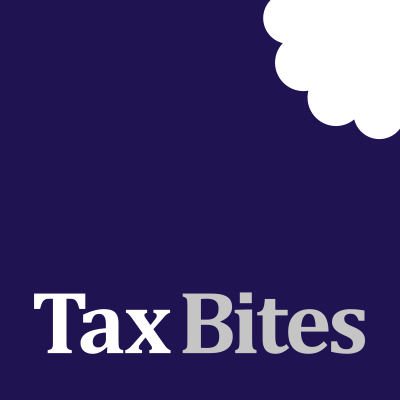
Are the two year liquidation rules as strict as they sound?
25th November 2016
Posted in Articles, Business Tax by Andrew Marr
By now many people will know that where a liquidation is carried out after 5 April 2016, capital gains tax treatment will not be available if the shareholders start to carry on a similar activity within two years of the distribution. This is the safe assumption as the new rules are extremely wide and leave little room for comfort. To recap, the legislation says that if conditions A, B, C and D are met then ‘capital’ distributions on a liquidation will be taxed as dividends. The rate here will potentially be much higher than capital gains tax rates which can be as low as 10%. The key conditions are as follows:
- Condition A – clarifies that the legislation applies to all “close companies” or companies that were close at any time in the two years prior to the start of the winding up. This will cover the vast majority of private companies.
- Condition B – explains that the shareholder must hold at least 5% of the shares (which will apply to most affected shareholders).
- Condition C – explains that this applies to individuals who receive the distribution and, within two years after the date of the distribution, carry on any trade or other similar activity previously carried on by the company. This applies whether this involvement is as a sole trader, in partnership or in a new company (therefore very wide!).
- Condition D – requires that it is reasonable in all the circumstances to assume that one of the main purposes of the liquidation, or arrangements of which the liquidation formed part, is the avoidance of an income tax liability.
HMRC have however rather confusingly made the statement that ‘HMRC expect the vast majority of distributions in a winding up will remain to be treated as capital receipts’. Does this give us cause for some optimism?
HMRC’s commentary
HMRC have resisted providing clearance on specific transactions but they have ‘promised’ some much needed comprehensive guidance by the end of the year with numerous specific examples. The tone of their commentary to date does however give some ground for optimism. For example there is some suggestion that this legislation will only apply in practical terms to the extent that tax avoidance overshadows commercial considerations. If this is the case then this may offer a glimmer of hope for serial property developers who have sound commercial reasons for liquidating one project before embarking on another.
Shareholders will however still want some certainty and this will be difficult to get unless the examples are very specific. We await these examples with great interest!



